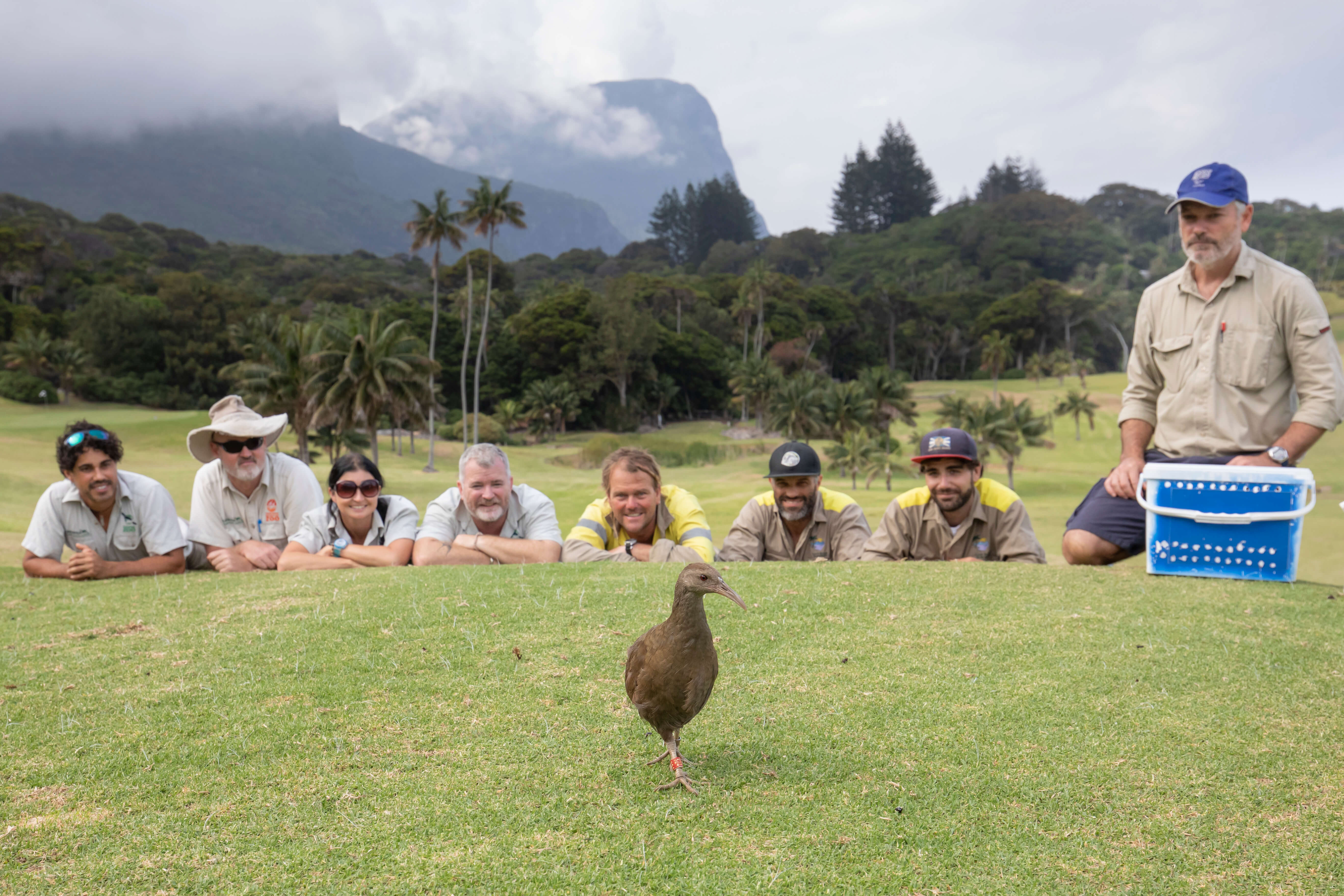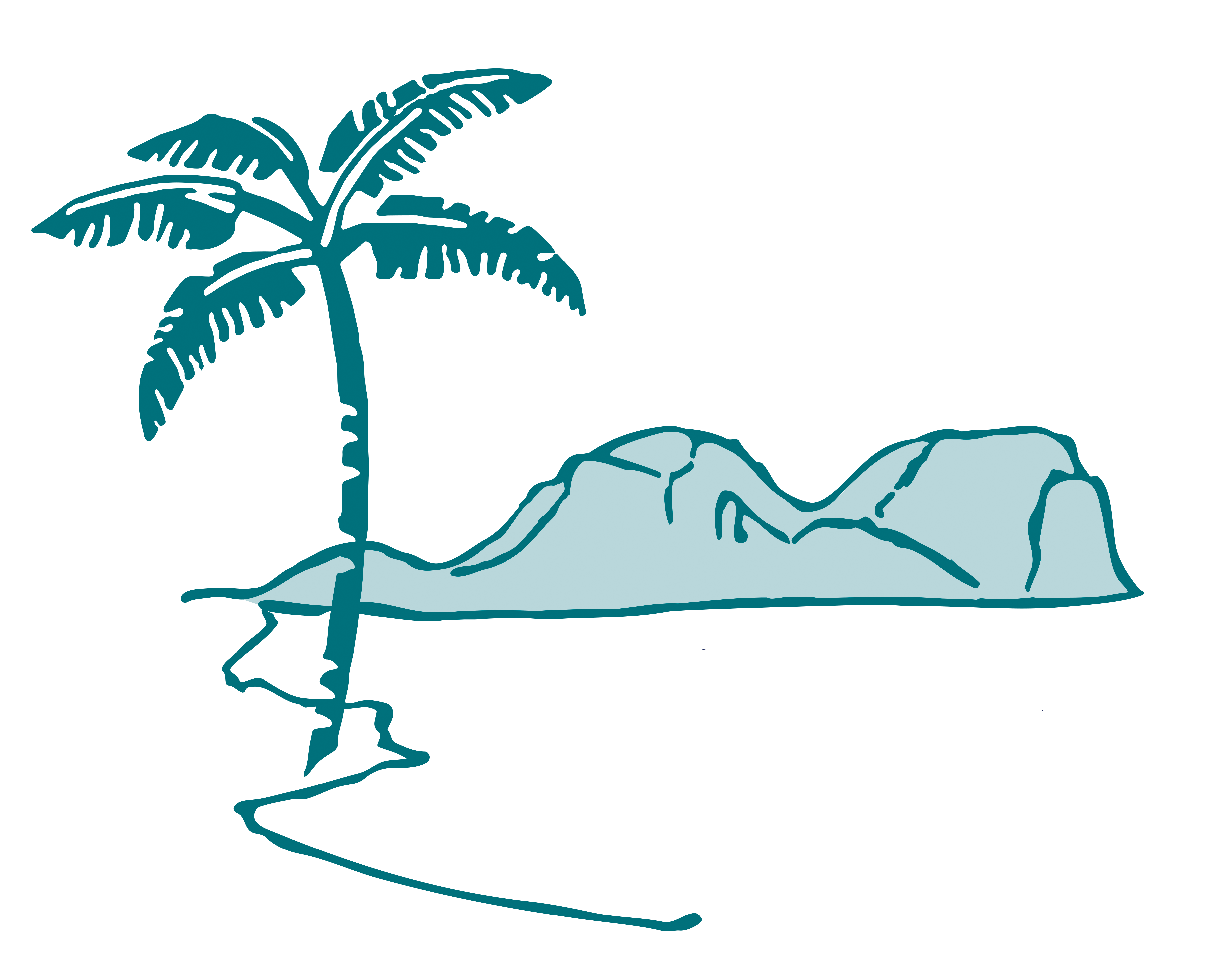Planning was undertaken to ensure issues were thoroughly examined during the project planning and approval stage.
Health considerations
At the request of the Minister for the Environment, the NSW Chief Scientist & Engineer commissioned an independent Human Health Risk Assessment (HHRA) once the REP was proposed.
The HHRA looked at a number of potential exposure pathways: human interaction with the bait, including exposure through soil, air (dust), sediment, surface water, tank water, as well as food sources such as seafood and locally grown fruits and vegetables.
Potential risks from these pathways were considered for the most vulnerable population groups, which included toddlers, school children, pregnant women, and adults spending large amounts of time outside.
A risk assessment concluded that exposure to brodifacoum from all potential sources was below the ‘no-observed-effect level’ (NOEL) and not expected to result in adverse health effects.
The HHRA also assessed potential exposure due to ingestion of pellets. It was found that ingestion of one or a few pellets by a child is unlikely to result in any observable adverse effects.
If you suspect brodifacoum poisoning, seek medical advice as soon as possible.
| Number of pellets need to be consumed by children to result in an adverse effect | ||
|---|---|---|
| Group | Number of 10 mm Pestoff 20R pellets | Number of 5.5 mm Pestoff 20R pellets |
| Toddler | 5.6 | 13.4 |
| Child | 18.8 | 44.5 |
Impacts on tourism
Tourism is the largest industry on Lord Howe Island. Our World Heritage values are one of the highest motivations for visitors to select Lord Howe.
The Board undertook an Economic Evaluation to compare plans to precede with the REP to continuing with ongoing rodent control. Key results of the study included:
- Continued presence of rodents could affect biodiversity and the tourism experience, therefore reducing tourism demand.
- The REP has significant net economic benefits to LHI residents, tourists and Australia. The economic activity resulting from the REP is likely to be positive for the short and long term LHI economy.
- The potential for reduction in tourism and impacts to visitors during the REP was considered low. Potential short-term impacts to tour operators were offset by hiring tour vessels and vehicles for the project.
Impacts on the marine environment
All marine impacts by the LHI REP were deemed minimal with appropriate controls in place. A key control was that no bait was to be intentionally applied to the marine environment.
When brodifacoum pellets are applied aerially to areas like smaller islands, ocean cliffs and islets, a small quantity of bait may enter the marine environment near the shore. Studies on other island eradications have shown that the small amounts of bait that enter the water disintegrate quickly, particularly in areas with high wave action.
The low-moderate application rate of brodifacoum (0.4 g/ ha) during the program, low solubility, high dilution factor in the marine environment and one-off eradication means that any sea water contamination would be of a sufficiently low magnitude. These low levels of potential contamination do not present a significant risk to marine life or humans through activities like swimming or snorkeling.
Bait entry into the lagoon was minimised by hand baiting along the lagoon foreshore, only baiting above the high-water mark and the use of a deflector arm on the spreader bucket to minimise bait entry into the water.
Bait entry into waters adjacent to small islands, ocean cliffs and islets was minimised by the use of a highly accurate trickle-baiting bucket.

Woodhens released onto the Island in 2020 by Taronga Zoo and LHIB. All species in captive management have been returned to LHI
Impacts to non-target species
The risk to the environment and most species on LHI due the REP was considered to be very low. This was based on evidence from similar eradications around the world, studies done on LHI, the physical and chemical properties of the bait and toxin, and the relatively small quantity used in a one-off eradication.
The two species considered to be at significant risk were the LHI Woodhen and LHI Currawong. A detailed plan was developed to manage large proportions of the populations of these species in captivity during the REP. The captive management was managed by animal husbandry experts from Taronga Zoo.
A trial was run in 2013 to ensure the Woodhen and Currawong would be able to thrive in captivity.
